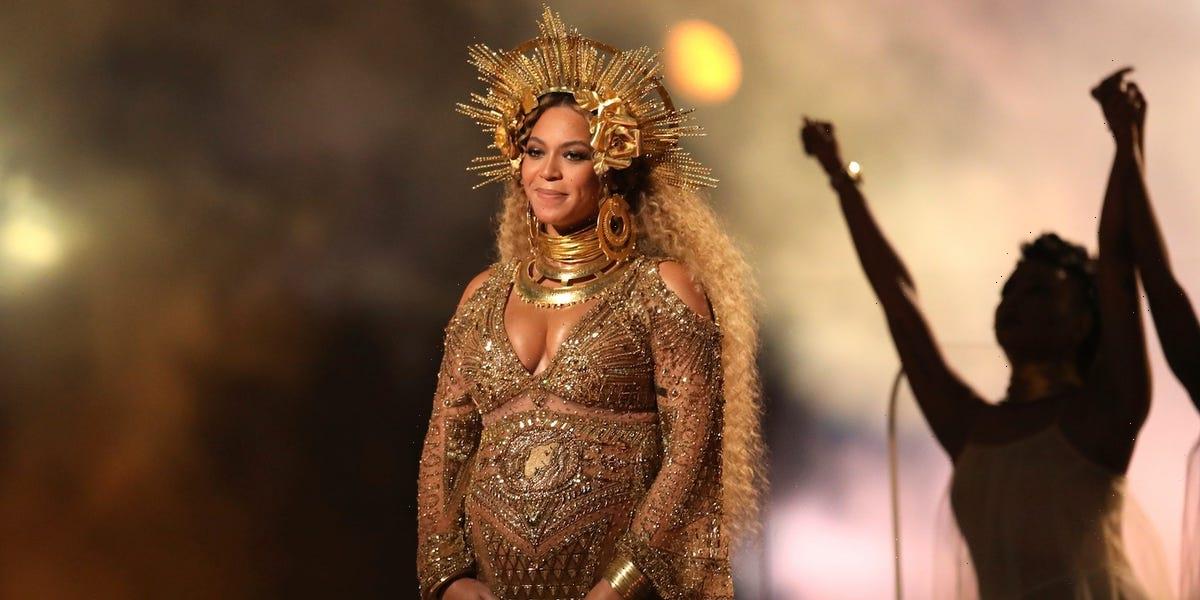- A WHO investigation found that it’s extremely unlikely the coronavirus leaked from a Wuhan lab.
- But some scientists say the lab-leak theory remains viable and should be investigated further.
- There’s no evidence the virus was present in any labs, but the WHO couldn’t conduct a full audit.
- See more stories on Insider’s business page.
A year-and-a-half into the pandemic, experts are still arguing over the coronavirus’ mysterious origins.
An international group of scientists has come forward to say they don’t think the possibility that the virus leaked from a Chinese lab has gotten a fair look.
After a month-long investigation in Wuhan, a team from the World Health Organization concluded that the virus most likely jumped jumped from bats to people via an intermediary animal host, perhaps at a wildlife farm in China. The WHO investigators, who were assisted by Chinese experts, determined that a lab leak was “extremely unlikely.”
However, the WHO wasn’t working with complete information. According to the organization’s director-general, Tedros Adhanom Ghebreyesus, the experts had difficulties accessing COVID-19 infection data and patient blood samples from in and around Wuhan.
Questions about a lab leak often center on the Wuhan Institute of Virology, a high-level biosafety lab where some scientists had been studying coronaviruses prior to the pandemic.
The WHO report revealed the institute moved to a new location in early December 2019. The new facility is about 8 miles from the Huanan Seafood Wholesale Market, where health officials reported an early cluster of COVID-19 cases in December 2019. The proximity of the two locations has led to speculation about a possible link between them.
Like Relman’s group, WHO leaders have said the lab-leak idea can’t be fully ruled out.
Tedros said in March that a lab leak should “remain on the table,” since the WHO experts spent only hours at each biosafety lab in Wuhan. That isn’t enough time to pour over a lab’s files, databases, or freezer inventories.
For that reason, Tedros said, he does “not believe that this assessment was extensive enough,” and thinks further investigation by WHO specialists is necessary.
Peter Ben Embarek, a WHO scientist specializing in animal disease, also said in a March press conference that he and his co-investigators didn’t do “a full investigation or audit” of any particular lab, including the institute.
Embarek added that the possibility of a lab leak “did not receive the same depth of attention and work” as other hypotheses.
Following the report’s release in March, the US, European Union, and other countries called for an independent investigation into the coronavirus’ origins — one that would be “free from interference and undue influence,” The Wall Street Journal reported.
Many scientific and political leaders think the WHO team wasn’t given sufficient information about how many coronavirus-like infections were reported in China prior to the start of the pandemic. Mounting evidence suggests the virus was circulating in the country months before Wuhan authorities reported the first cases to the WHO.
A proper investigation, according to the authors of the letter in Science, would require public-health agencies and research laboratories in China make their records publicly accessible. A future mission to Wuhan should be “responsibly managed to minimize the impact of conflicts of interest,” they wrote.
The reason to thoroughly investigate every hypothesis, Relman and his co-authors added, is to offer the best chance of mitigating the risk of future pandemics.
Evidence that the virus didn’t come from a lab
There are compelling reasons to question the idea that the virus escaped from a lab.
For one, the WHO team found no evidence that samples of the new coronavirus had been stored at the Wuhan Institute of Virology prior to December 2019.
It also didn’t find any records indicating that viruses closely related to the new coronavirus were kept in any Chinese lab before that month. There were also no viruses that, when combined, could have produced the new coronavirus.
Additionally, none of the staff in any Wuhan labs studying coronaviruses reported cases of respiratory illnesses “during the weeks/months prior to December 2019,” the report said.
Blood samples from staff during that time (which are taken routinely from biosafety lab workers to monitor their health) all tested negative for coronavirus antibodies.
What’s more, a wealth of evidence illustrates similarities between the new coronavirus and coronaviruses in bat populations. A May 2020 study, for example, revealed that the new coronavirus shared 97.1% of its genetic code with a coronavirus called RmYN02, which was found in bats in China’s Yunnan province between May and October 2019.
Cross-species hops from bat populations also led to the outbreaks of Ebola, SARS, and the Nipah virus.
Source: Read Full Article


